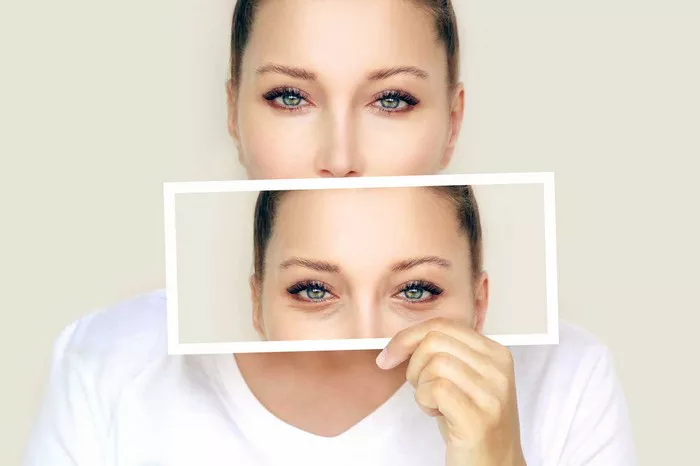Excess eyelid skin, also known as dermatochalasis, is a common age-related condition that affects both men and women. As we age, the skin around the eyes loses elasticity, leading to drooping and sagging eyelids. Excess eyelid skin not only affects our appearance but can also cause functional issues, such as obstructed vision and eye discomfort. Fortunately, there are various treatment options available to address excess eyelid skin, ranging from non-invasive solutions to surgical interventions. In this article, we will explore the causes of excess eyelid skin, the available treatment options, and important considerations to help individuals make informed decisions about managing this condition.
Causes of Excess Eyelid Skin:
Excess eyelid skin is primarily caused by the natural aging process, during which the production of collagen and elastin, responsible for skin elasticity, decreases. Additionally, factors like genetics, sun exposure, and lifestyle habits (such as smoking and poor nutrition) can contribute to premature skin aging and exacerbate the appearance of drooping eyelids. Over time, the weakened skin structures and muscles around the eyes may result in loose and sagging skin.
Treatment Options for Excess Eyelid Skin:
Non-Invasive Solutions:
Eye Creams: Over-the-counter eye creams containing retinoids, peptides, and hyaluronic acid can temporarily improve skin texture and hydration around the eyes.
Botox: Botulinum toxin injections can relax the muscles responsible for pulling down the eyebrows, leading to a subtle lift of the eyelids.
Dermal Fillers: Injectables like hyaluronic acid-based fillers can add volume to the surrounding areas, reducing the appearance of sagging eyelids.
Radiofrequency and Ultrasound Therapy:
Procedures like radiofrequency and ultrasound treatments can stimulate collagen production, firming the skin around the eyes over time.
Eyelid Tapes and Makeup Techniques:
For a temporary solution, eyelid tapes can be used to lift the eyelids and create a more defined crease.
Skillful makeup application can also help create the illusion of lifted eyelids.
Surgical Interventions:
Blepharoplasty: Also known as eyelid surgery, blepharoplasty is a common surgical procedure to remove excess skin and fat from the upper and lower eyelids, resulting in a more rejuvenated appearance and improved vision.
Brow Lift: A brow lift, or forehead lift, can elevate the eyebrows, indirectly lifting the upper eyelids and reducing excess skin.
Important Considerations:
Before deciding on a treatment option for excess eyelid skin, individuals should consider the following factors:
Consultation with a Specialist: Schedule a consultation with a qualified ophthalmologist or plastic surgeon to assess your specific condition and discuss suitable treatment options.
Realistic Expectations: Understand the potential outcomes of each treatment and have realistic expectations regarding the level of improvement that can be achieved.
Medical History: Inform your healthcare provider about any pre-existing medical conditions or allergies that may impact the treatment choice.
Downtime and Recovery: Consider the expected downtime and recovery period for each treatment option, especially when opting for surgical interventions.
Conclusion:
Excess eyelid skin is a common concern that can affect both appearance and vision as we age. Fortunately, there are various treatment options available to address this issue, ranging from non-invasive solutions like eye creams, Botox, and dermal fillers to surgical interventions like blepharoplasty and brow lifts. Each option offers distinct benefits, and the choice should be made based on individual needs, expectations, and medical considerations. Consulting with a qualified specialist is essential to determine the most suitable treatment plan for achieving the desired results and restoring a more youthful and refreshed appearance around the eyes.

